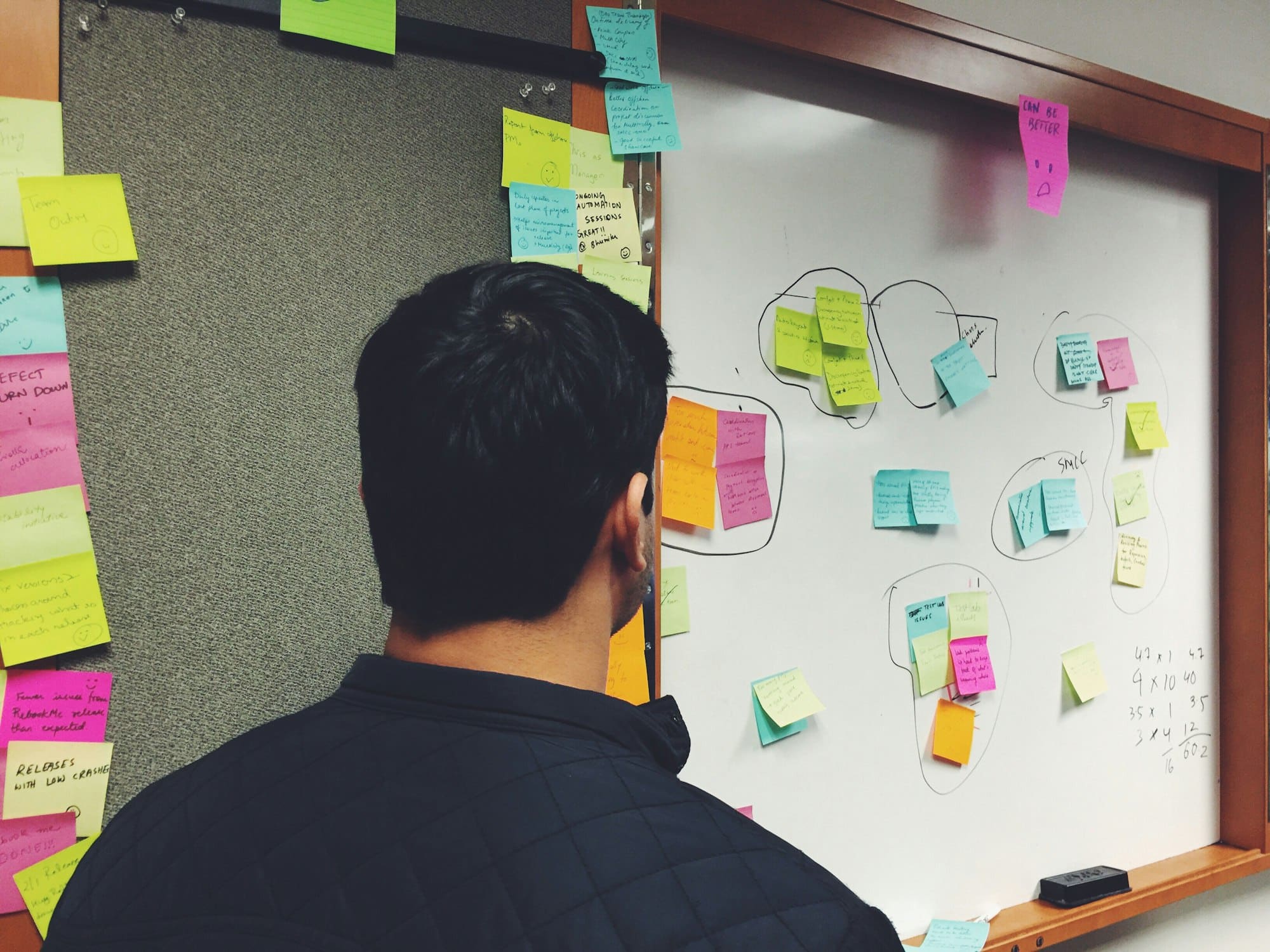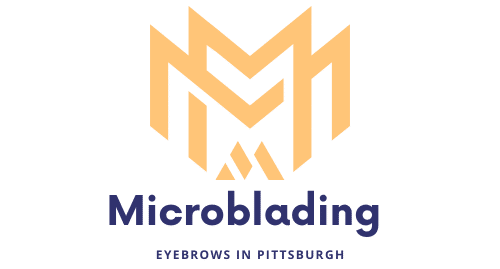How to Build a DIY Agility Course for Your Dog Using Household Items?

Many people enjoy the sport of dog agility, a thrilling race where dogs navigate through a puzzle-like course, filled with a variety of obstacles. It’s not only a fantastic way to keep your dog fit and active but also to strengthen the bond with your pet as you work together to complete the course. Moreover, setting up an agility course doesn’t always require fancy, store-bought equipment. You can easily use everyday items found around your home to build obstacles. In this article, we’ll guide you on how to build a DIY agility course for your dog using household items.
Understanding Dog Agility
Dog agility is a dynamic sport that will challenge your dogs both physically and mentally. It involves dogs running through a course filled with different obstacles under the guidance of a handler. The obstacles can range from weave poles to tunnels and jumps. Far from being just a fun pastime, agility training can also help improve your dog’s behavior by providing them with mental stimulation and physical exercise.
A voir aussi : Can Parrots Learn Complex Tricks Involving Multiple Steps and How to Train Them?
Training your dog for agility requires patience, consistency, and positive reinforcement. It’s not about pushing your dog to go faster or to do better, but to have fun and enjoy the process. The happiness of your dog is paramount.
Planning the Agility Course
Before embarking on your DIY project, you need to plan your agility course carefully. Consider your dog’s breed, size, age, and physical condition when choosing the types of obstacles to include in the course. You don’t want to create something that’s too difficult or risky for your pet.
A voir aussi : Which Behavioral Markers Indicate a Dog May Be Suitable for Search and Rescue Training?
Remember, the goal is to provide a fun and safe environment for your dog to exercise and train. A basic agility course usually consists of jumps, weave poles, and tunnels. These are also the easiest obstacles to create at home.
Building Jumps
Jumps are a common obstacle in any agility course. They not only provide exercise but also help train your dog’s timing and jumping skills.
You can easily create jumps using items such as broomsticks, buckets, and PVC pipes. Start by placing two buckets about 4 feet apart, then lay a broomstick or PVC pipe across the buckets. The height of the jump should be adjusted according to your dog’s size. For small dogs, the broomstick should barely be off the ground, while larger dogs can handle a higher jump.
Remember, safety is crucial. The jump should be designed such that if your dog hits it, the bar easily falls off, preventing any injury.
Crafting Weave Poles
Weave poles can be a fun yet challenging obstacle for dogs as they require them to weave in and out of several poles in a straight line.
To DIY weave poles, gather 5 to 10 poles, such as PVC pipes or even broom handles. Stick them into the ground in a straight line, each about 1 foot apart. If you want to set them up indoors or on concrete, use a long, flat piece of wood as a base and attach the poles to it.
Initially, you might need to guide your dog through the poles. With consistent practice, your dog will learn to weave through the poles smoothly.
Creating a Tunnel
Tunnels are a favorite among many dogs. They offer a bit of adventure and help build confidence in dogs that are shy or wary of enclosed spaces.
For a DIY tunnel, consider using a children’s play tunnel, or even a large cardboard box with both ends open. If using a box, make sure it’s wide enough for your dog to comfortably crawl through and long enough to provide a bit of a challenge. Secure it to the ground to prevent it from moving or collapsing while your dog is inside.
Building an Agility Course is a Step-by-Step Process
The beauty of a DIY agility course is that you can build it one step at a time, according to your convenience and your dog’s abilities. Start with one or two obstacles, and as your dog gets the hang of those, you can gradually add more.
Training your dog on the agility course should also be a gradual process. Begin with easier obstacles and gradually move on to the more challenging ones. Always offer plenty of praise and rewards to keep your pet motivated.
Remember, the ultimate goal is not to have the fastest or most proficient agility dog, but to have fun and build a stronger bond with your pet.
Constructing a Dog Walk
The dog walk is another obstacle popularly found in agility courses. It enhances the dog’s balance and body awareness while providing a unique challenge.
A cost-friendly way to build a dog walk is to repurpose a sturdy plank or an old ladder. If using a plank, ensure it is wide enough for your dog to walk comfortably, and long enough to provide a reasonable challenge. To make it safer, add side rails on either side to prevent your dog from falling off. You can use smaller, thinner boards for the side rails, attaching them with screws or strong adhesive.
If you’re using a ladder, lay it flat on the ground. The rungs act as natural steps, good for pups starting their agility training. To increase the height gradually, place bricks or blocks under the ladder’s ends. It’s essential to ensure the ladder is stable and not wobbly, as it could scare or harm your dog.
As your pet becomes more confident, you can gradually raise the height of the dog walk, but remember to keep your dog’s safety your top priority.
Building a Teeter Totter
A teeter totter, also known as a seesaw, can be a fun addition to your DIY agility course. This obstacle not only provides physical exercise but also helps your dog learn balance and coordination.
You can create a basic teeter totter using a long plank of wood and a smaller piece for the fulcrum (the pivot point). Ensure the plank is durable and wide enough for your dog to walk on it comfortably. The fulcrum should be sturdy enough to support the plank and your pet’s weight without collapsing.
Place the fulcrum in the middle of the plank and secure it. Test the teeter totter by applying pressure on each end of the plank to ensure it can easily rock back and forth.
Introduce your pet to this piece of equipment slowly, as it can be intimidating for first-timers. Encourage your dog to walk on it while it’s stable and slowly add motion as they get comfortable. As always, remember to reward your pup with treats for their progress.
Concluding Thoughts
Building your DIY agility course is a rewarding experience that not only strengthens your bond with your pet but also provides them with a fun and challenging way to get the exercise they need. While constructing your course, remember that the process should be gradual, matching the pace of your dog’s comfort and ability.
From jumps and weave poles to tunnels, dog walks, and teeter totters, there are countless ways to create an exciting and engaging course using everyday household items. Remember, the key to good agility training is patience, consistency, and positive reinforcement.
The most important thing is not how professional your agility course looks, but how much fun you and your pet have while using it. Your dog may not become the next agility champion, and that’s perfectly okay. The real treasure lies in the joy, excitement, and bonding that happens in the process. So, gather your materials, call your dog, and start building your agility course today!
